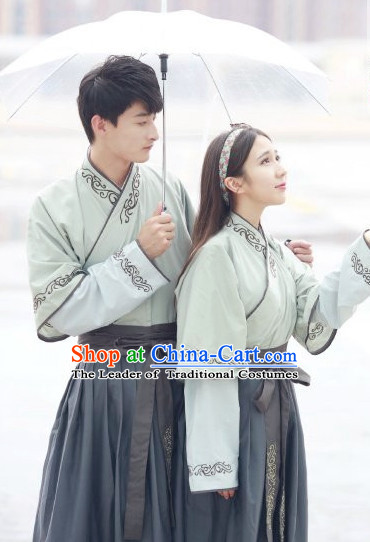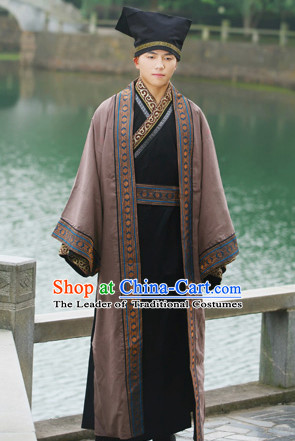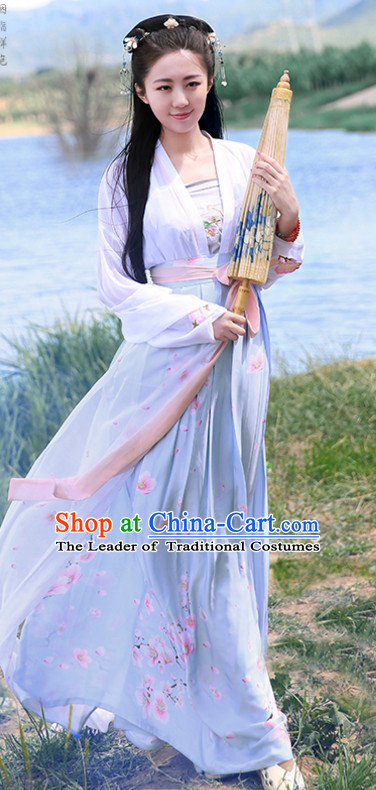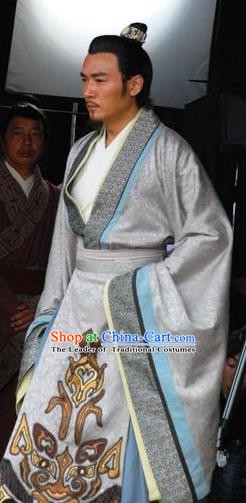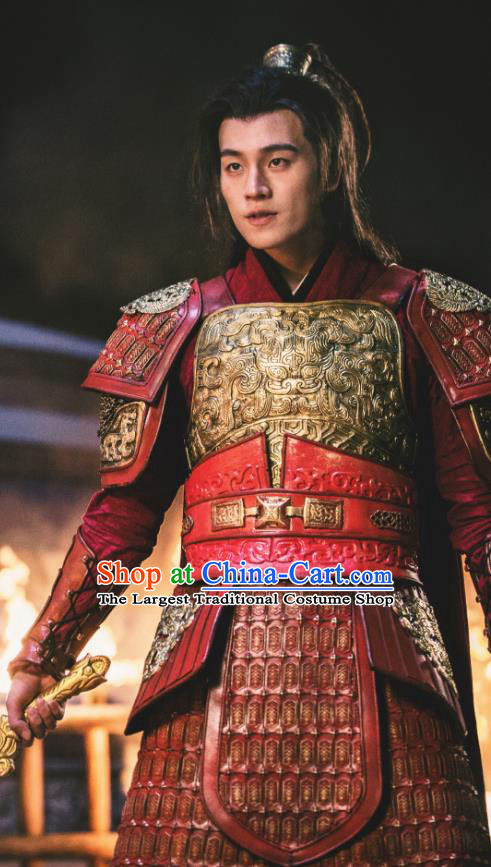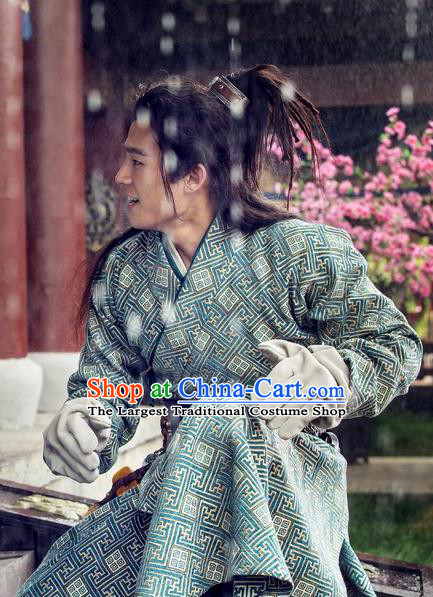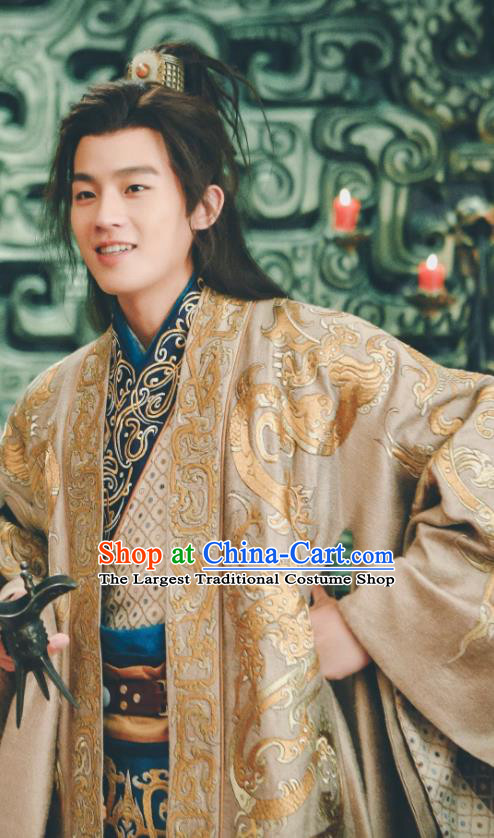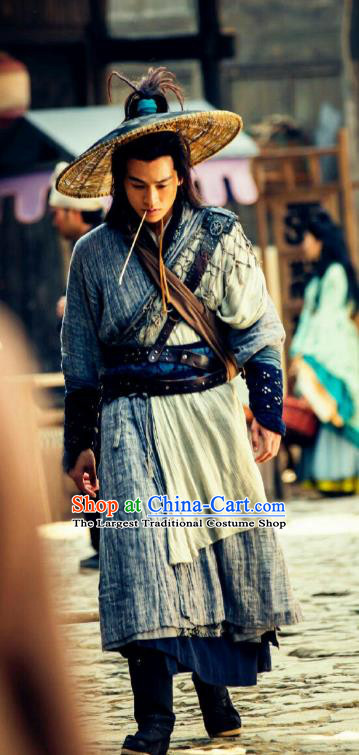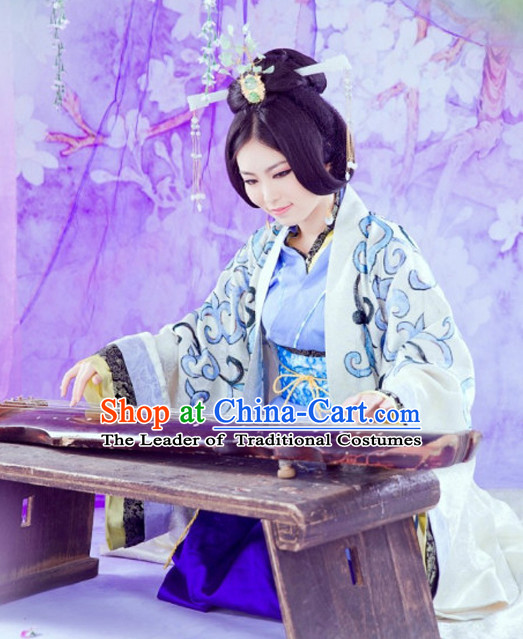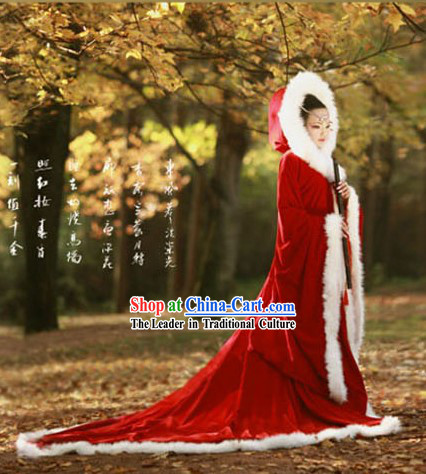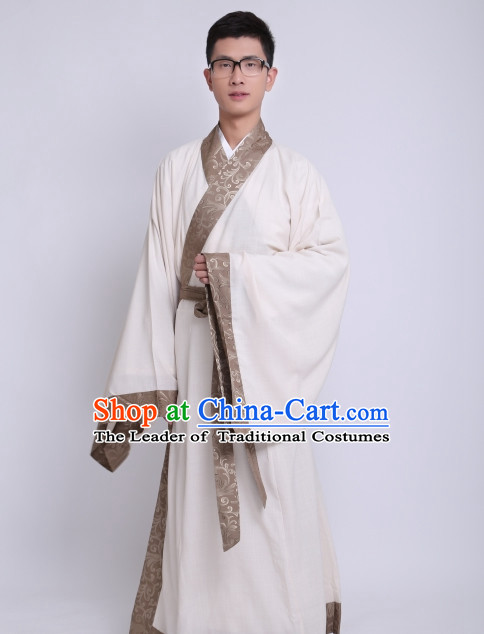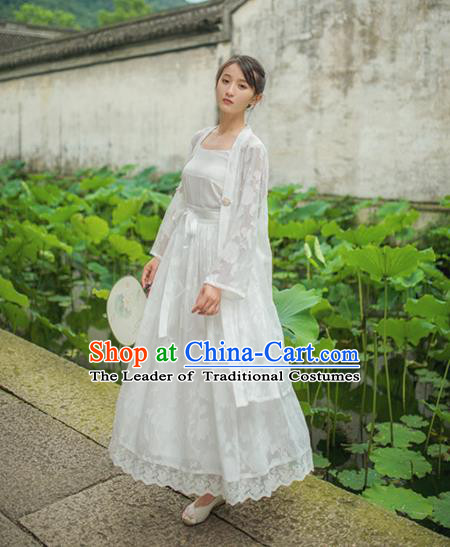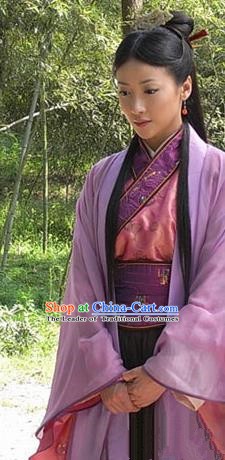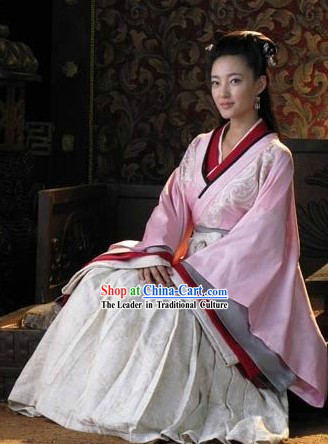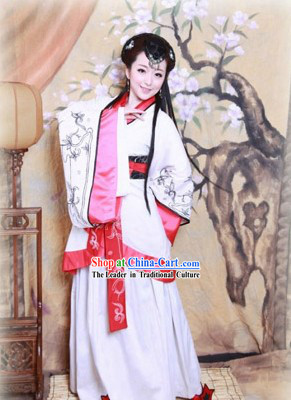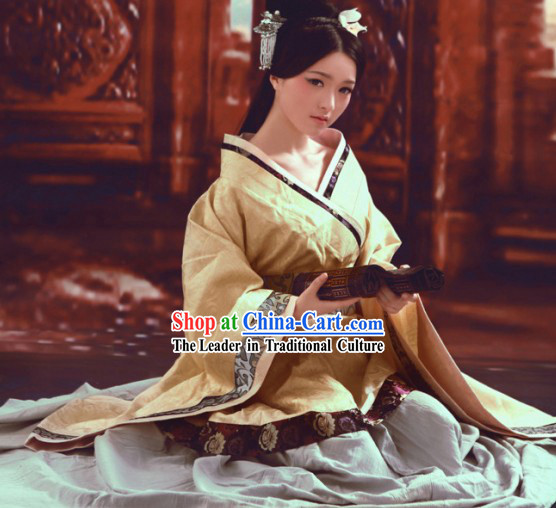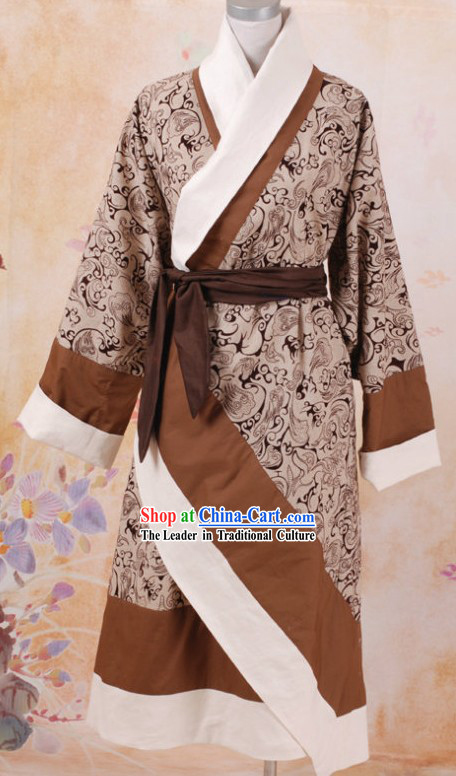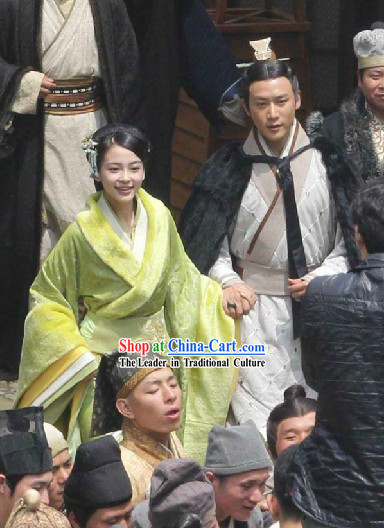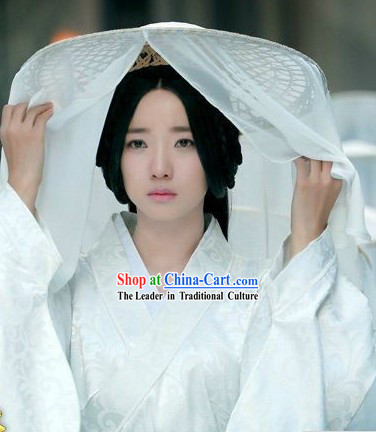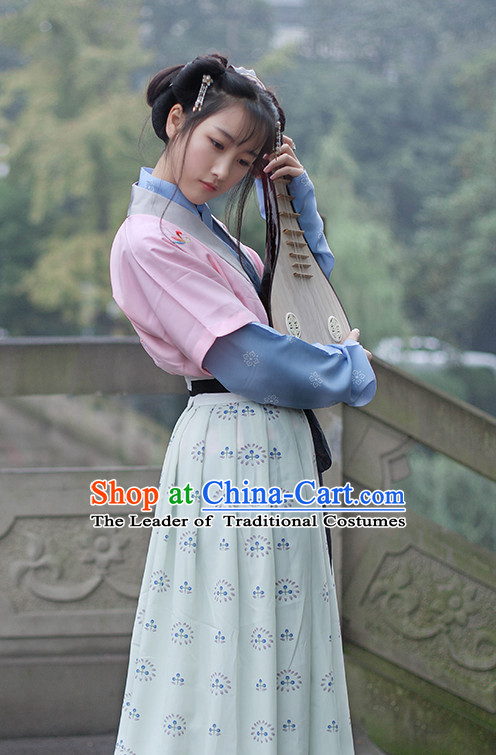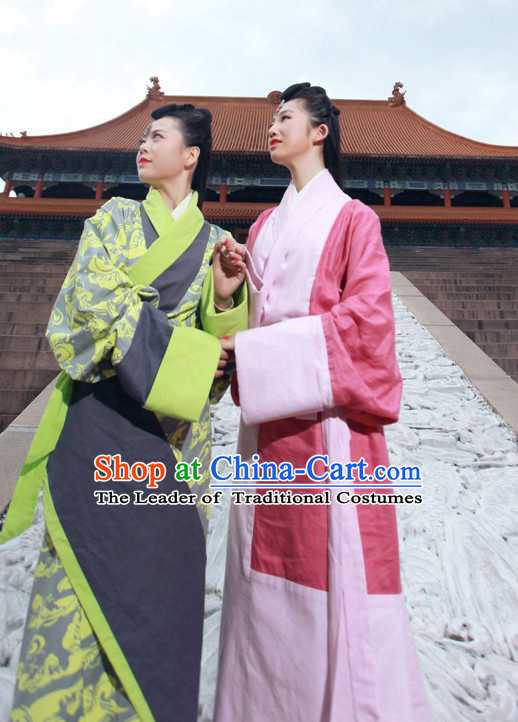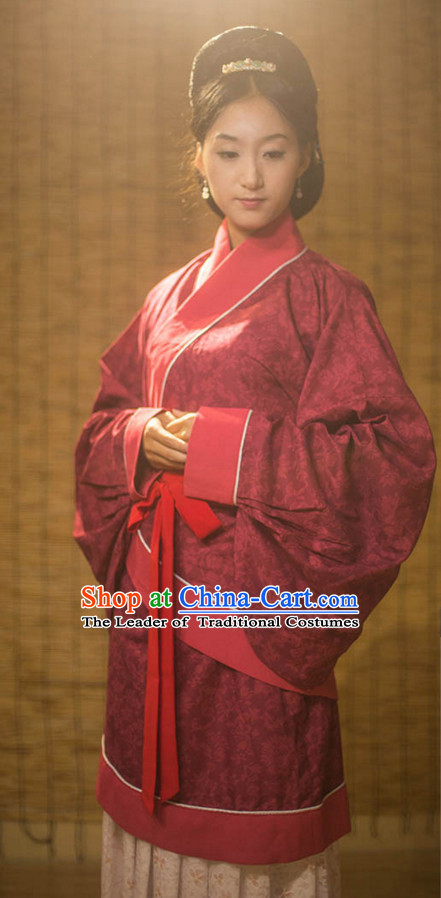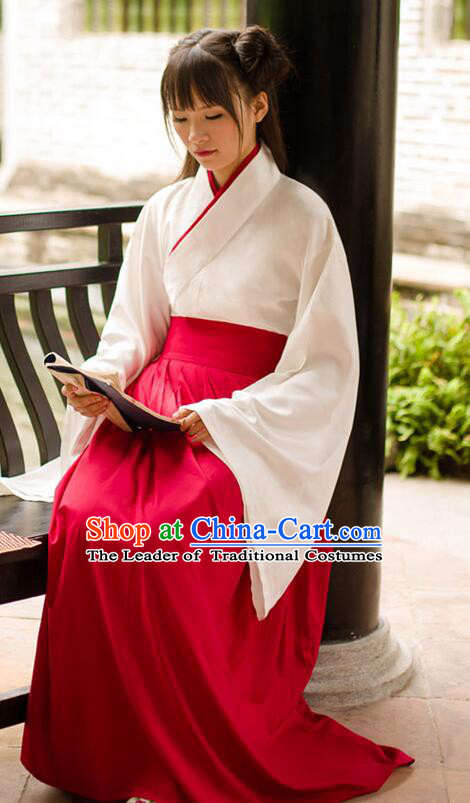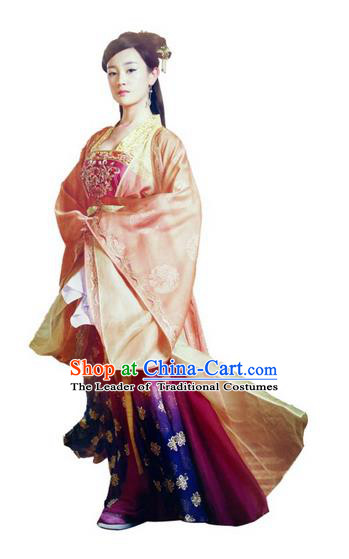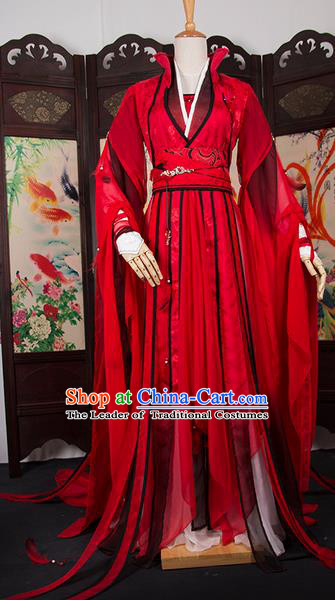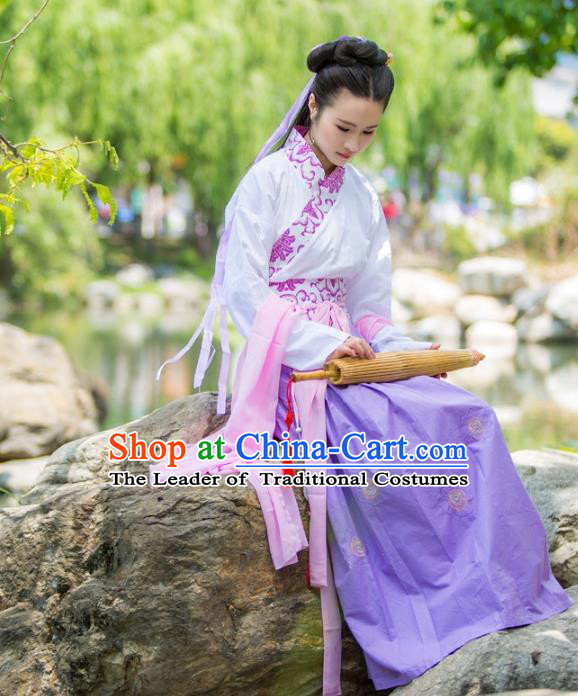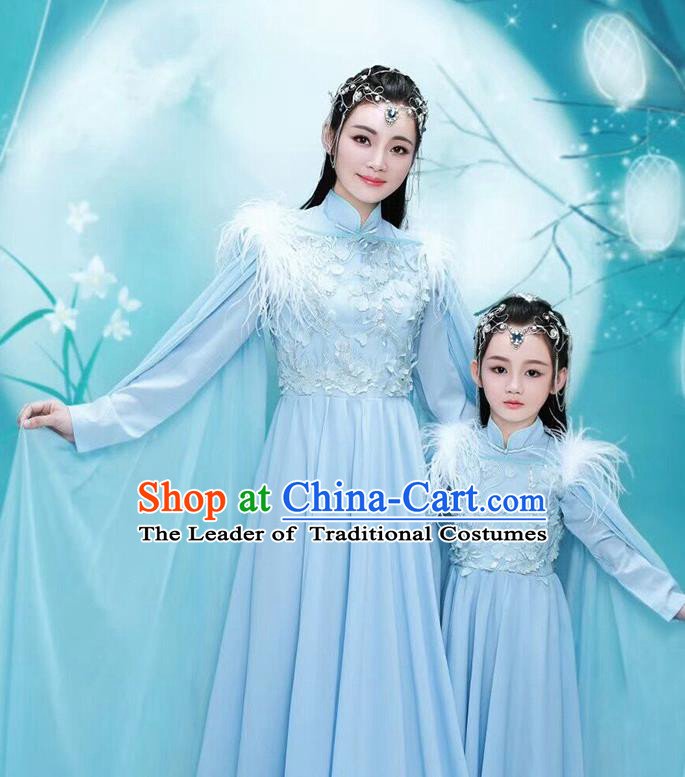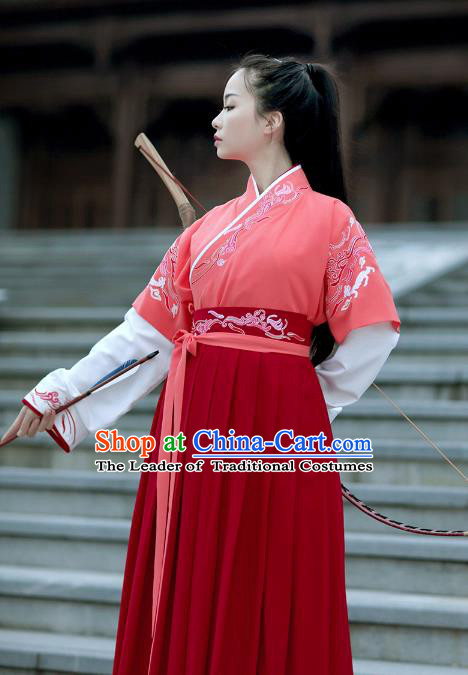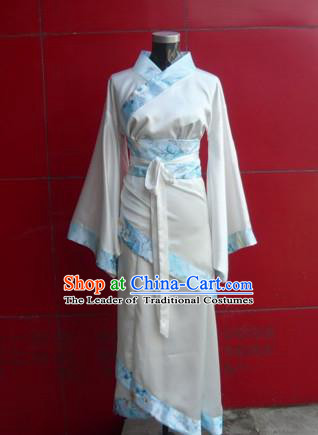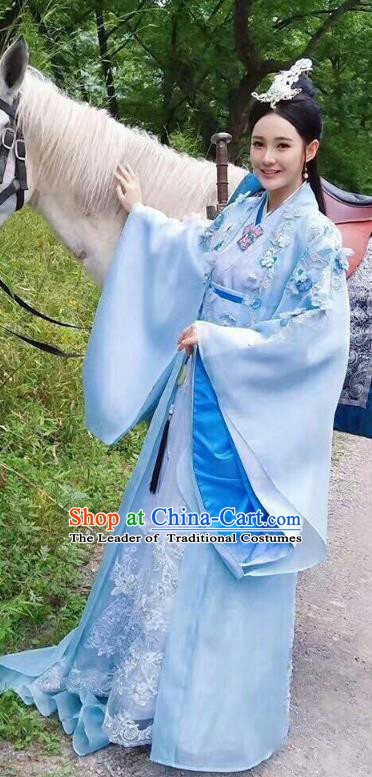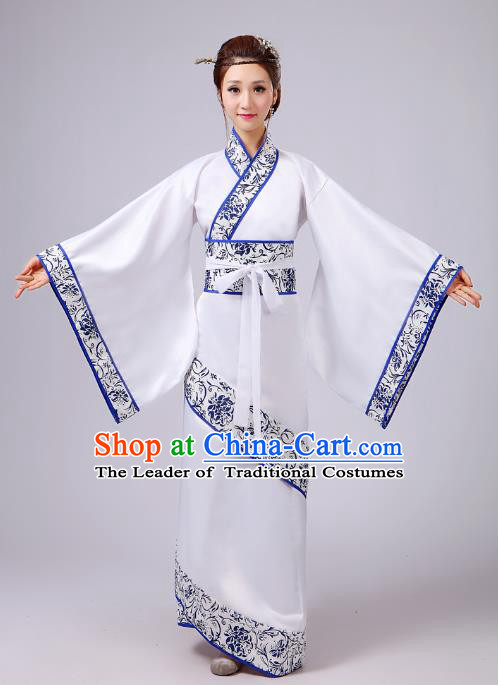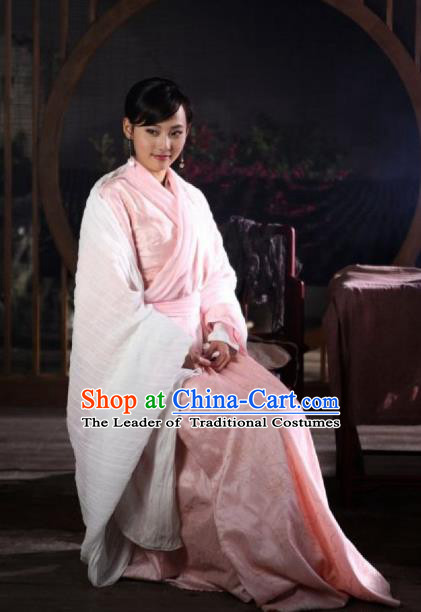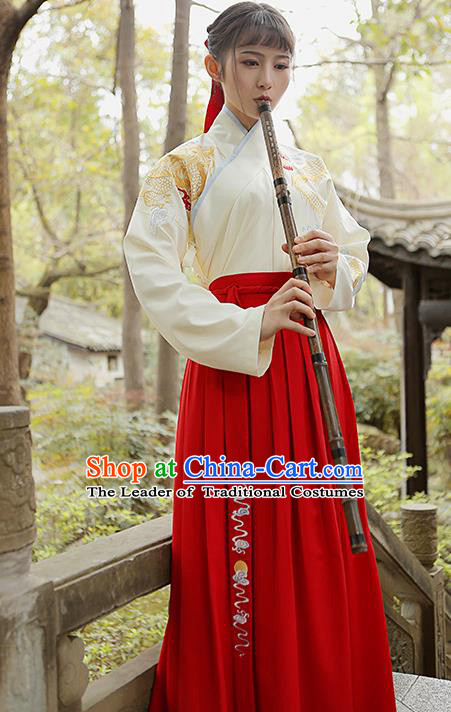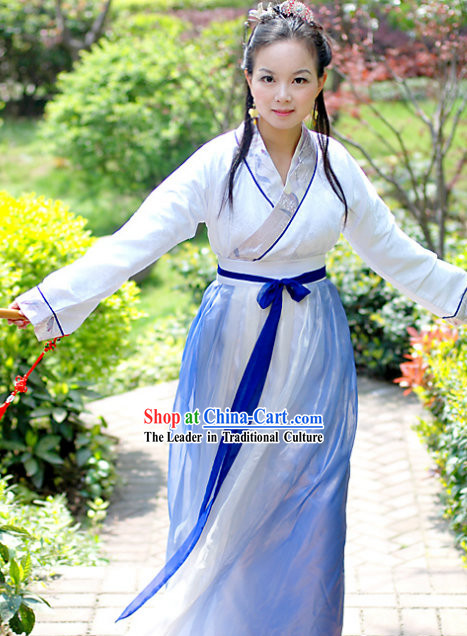
Click Related Pictures for More Audios:
Clothing is an important part of ancient Chinese culture, and Han Dynasty women's clothing is no exception.
It has rich spiritual and cultural connotations and historical significance.
These clothes not only reflect the social customs and aesthetic concepts of the time but also carry people's yearning and pursuit of a better life.
In ancient China, women's status was relatively low, but they showed their charm and temperament through carefully designed clothes, becoming a unique cultural symbol.
Han Dynasty women's clothing design pays attention to details and color matching to show women's softness and elegance.
The most famous one is the "juqun," which is a combination of long robe-style tops and skirts, usually made of silk or cotton.
This clothing can keep warm and highlight women's curvaceous beauty, becoming one of the iconic costumes for ancient women.
In addition to juqun, Han Dynasty women had many other clothing choices.
For example, "beizi" is a short-sleeved top that is usually paired with long pants or skirts.
"Duijin shirt" is a collar-to-collar shirt that can be matched with various bottoms.
In addition, there are accessories such as "shawl" and "hair accessories," adding more layers and fashion sense to the overall look.
The historical significance of Han Dynasty women's clothing lies in witnessing the prosperity and development of ancient Chinese culture.
These clothes are not only a symbol of female beauty but also an important reflection of the social hierarchy system and etiquette norms of the time.
By studying Han Dynasty women's clothing, we can better understand ancient Chinese culture and social background, and feel the weight of history and the charm of culture.
